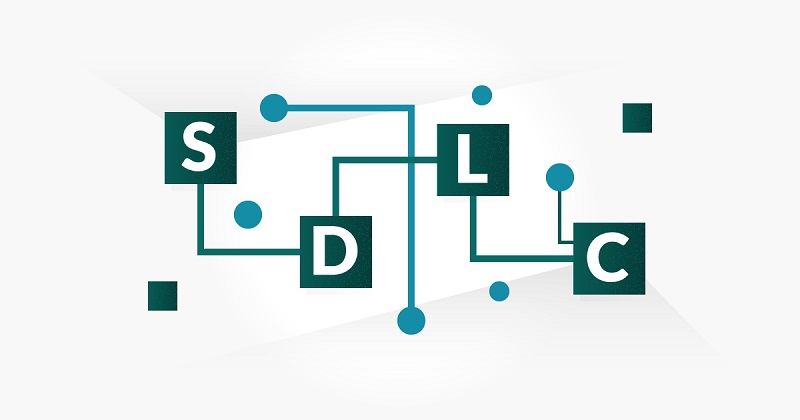If you fail to plan, you plan to fail. This statement is true for almost all aspects of modern business.
The Systems Development Life Cycle (SDLC) gives structure to the challenges of transitioning from the beginning to the end of your project without forgetting a step. It means that in the end you are guaranteed to get a quality product that meets all your requirements.
There are several SDLC methodologies that are used today to guide professionals through their project-based work.
Here are the key pros and cons of six of the most common SDLC models.
Waterfall
It might be the oldest and most straightforward of the structured SDLC models. The principle is — finish one phase, then move on to the next. No going back. Each stage relies on information from the previous stage and has its own project plan. Waterfall is easy to understand and simple to manage.
But early delays can throw off the entire project timeline. It provides a little room for revisions once a stage is completed, problems can’t be fixed until you get to the maintenance stage. This model doesn’t work well if flexibility is needed or if the project is long term and ongoing.
V-shaped model
Also known as the Verification and Validation model, the V-shaped model might be considered an offspring of Waterfall and is characterized by a corresponding testing phase for each development stage. Like Waterfall, each stage begins only after the previous one has ended.
This model is useful when there are no unknown requirements, as it’s still difficult to go back and make changes.
Iterative Model
The Iterative model is repetition incarnate. Instead of starting with fully known requirements, you implement a set of software requirements, then test, evaluate and pinpoint further requirements. A new version of the software is produced with each phase, or iteration. Rinse and repeat until the complete system is ready.
One advantage over other SDLC methodologies: This model gives you a working version early in the process and makes it less expensive to implement changes. One disadvantage: Resources can quickly be eaten up by repeating the process again and again.
Spiral Model
One of the most flexible SDLC methodologies, the Spiral model a cue from the Iterative model and its repetition; the project passes through four phases over and over in a “spiral” until completed, allowing for multiple rounds of refinement.
This model allows for the building of a highly customized product, and user feedback can be incorporated from early on in the project. But the risk you run is creating a never-ending spiral for a project that goes on and on.
Big Bang Model
A bit of an anomaly among SDLC methodologies, this model does not follow specific process, and very little time is spent on planning. The majority of resources are thrown toward development, and even the client may not have a solid grasp of the requirements. This is one of the SDLC methodologies typically used for small projects with only one or two software engeneers
Big Bang is not recommended for large or complex projects, as it’s a high-risk model; if the requirements are misunderstood in the beginning, you could get to the end and realize the project may have to be started all over again.
Agile Model
By breaking the product into cycles, this model delivers a quick working product and is considered a very realistic development approach. The model produces ongoing releases, each with small, incremental changes from the previous release. At each iteration, the product is tested.
This model emphasizes interaction, as the customers, developers and testers work together throughout the project. But since this model depends heavily on customer interaction, the project can head the wrong way if the customer is not clear on the direction he or she wants to go.

